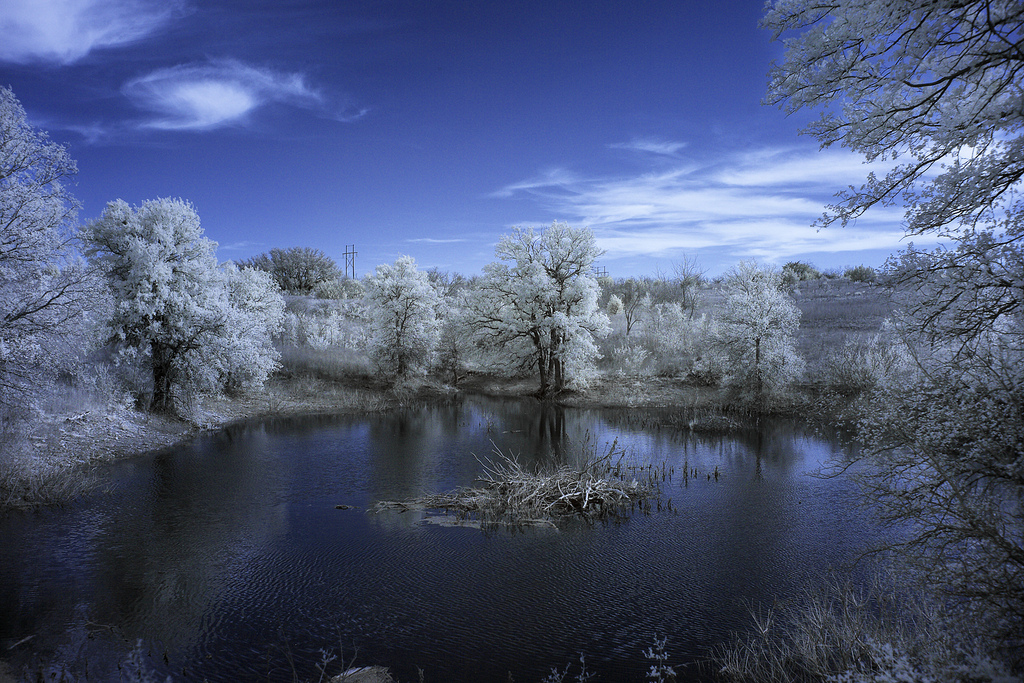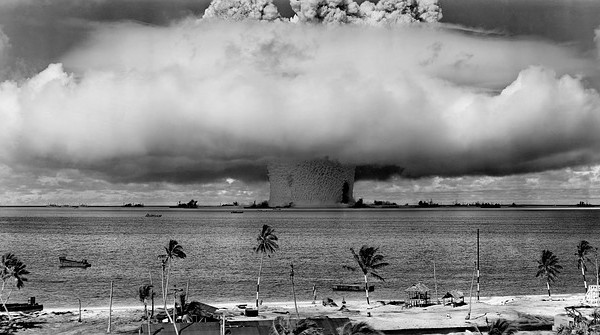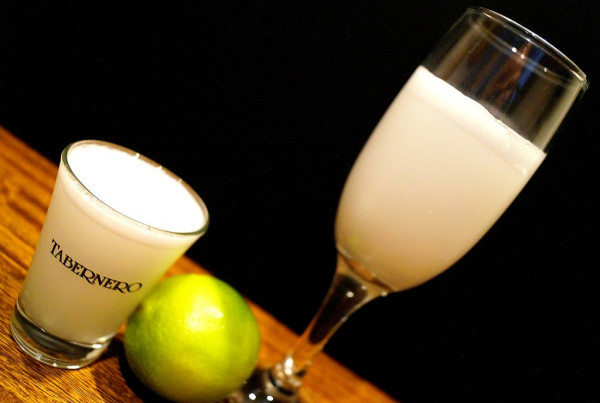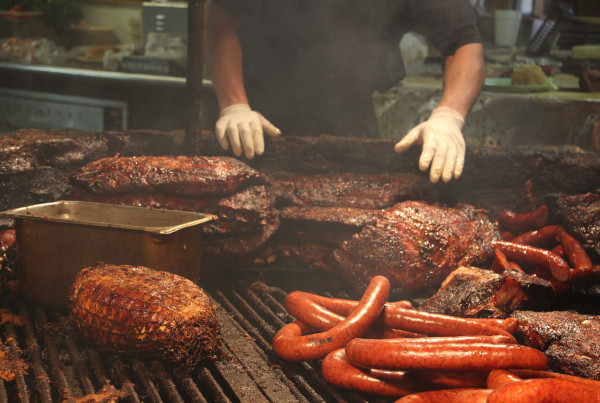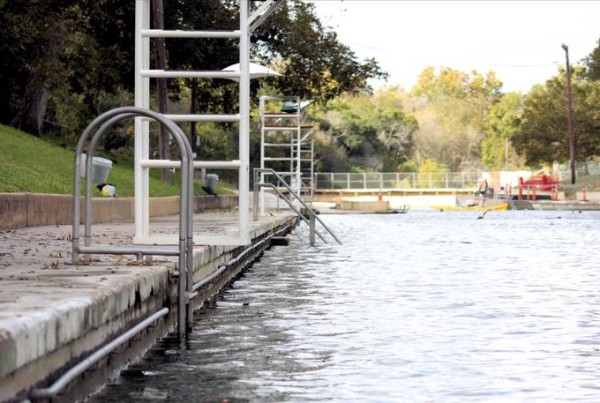This story is an excerpt from the audio documentary Our Desired Future, a multimedia project to educate Texans on the interconnections between water above and below ground and what Texans can do to keep water flowing for future generations. You can listen to the full documentary here and read the stories here.
The Fort Stockton Water Carnival is still held every third weekend in July at Comanche Springs. Today the synchronized swimmers perform in a pool whose stilts are sunk into the old spring bed. People hardly notice the caged hole in the ground as contestants for Miss Fort Stockton parade past.
When the organizers of the 2014 Water Carnival chose “Same Time, Same Place” as their theme, they meant to celebrate the annual tradition that draws the children of Fort Stockton back each summer. But the words seem also to capture nearly 80 years of another tradition less worthy of celebration: the interests of the few trumping the good of the many.
To place the blame only on individual groundwater owners misses the point entirely. The people of Pecos County had the right to regulate groundwater pumping before Comanche Springs ever went dry, yet they waited until 1999 to create a district – more than 50 years.
When they finally did regulate groundwater, the loudest voices in setting the rules were the county’s largest landowners, who won the right to pump as much water as they had always used. In effect, groundwater regulation in Pecos County has done little more than to enshrine the damage done under the Rule of Capture — the drawdown of the water table and the eradication of reliable surface water.
What condemns the Spring City of Texas to remain a relic of the past is not the law of the land, but the will of the people.
Maybe once something is lost for a generation, it’s as though it never existed. When old Bill Moody looks at the dry irrigation ditches and the caged hole, he can feel the water floating him back home one summer night 70 years ago. But for those who were too young to remember Comanche Springs, this place has never changed – the Water Carnival has always been held in a chlorinated pool. The ditches have always been dry. The pecan and cotton farmers west of town have always owned the water.
As the collective memory of what Comanche Springs once was fades, it is easier to believe what one of the 2014 Water Carnival organizers told me: “That’s Comanche Springs. It just really brings friends together.”
Our Desired Future is a project of the Texas Center for Policy Studies and funded in part by a generous grant from the Shield-Ayres Foundation.


